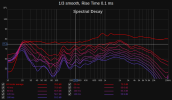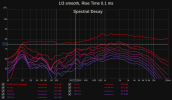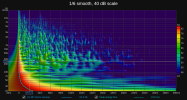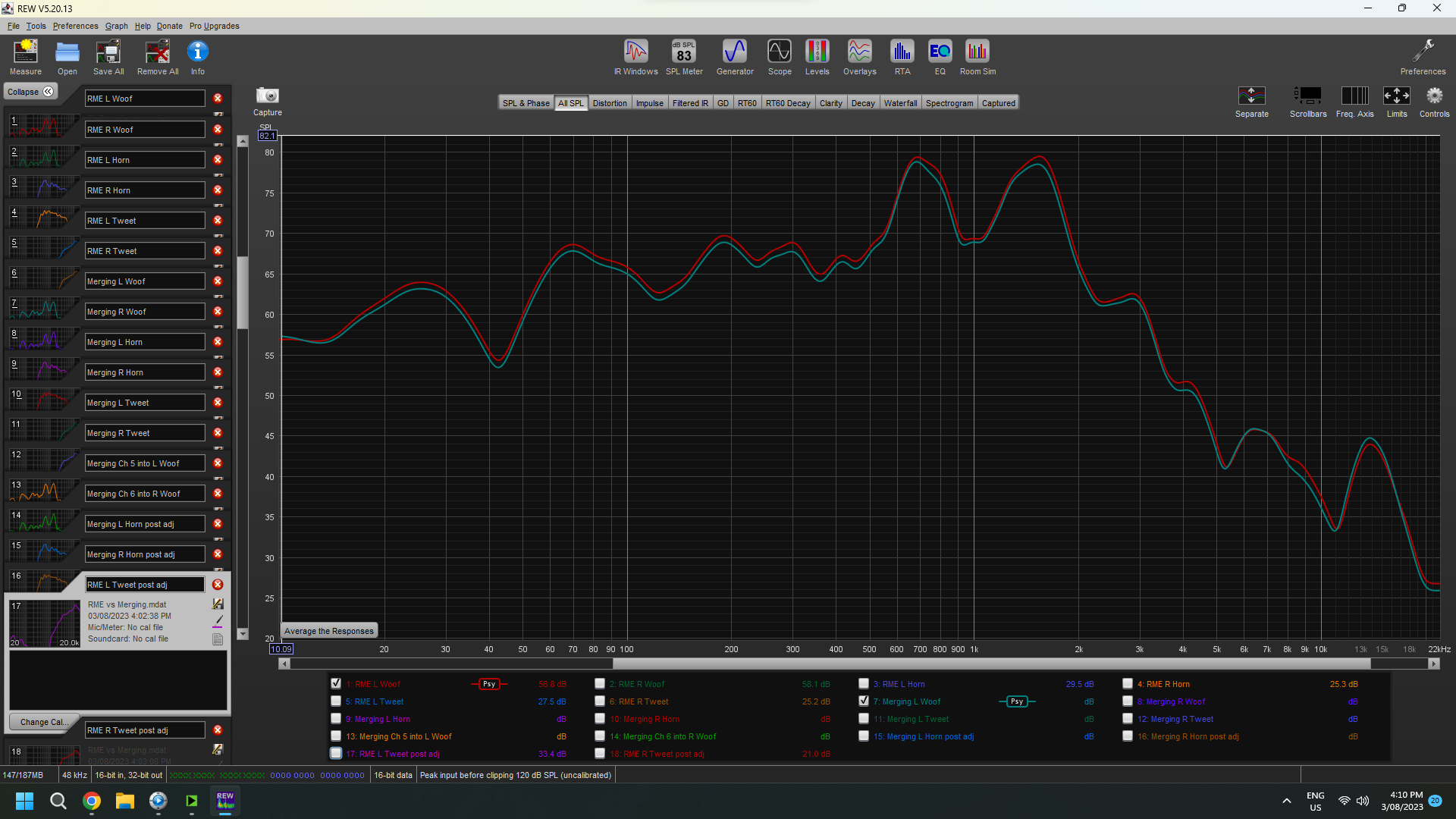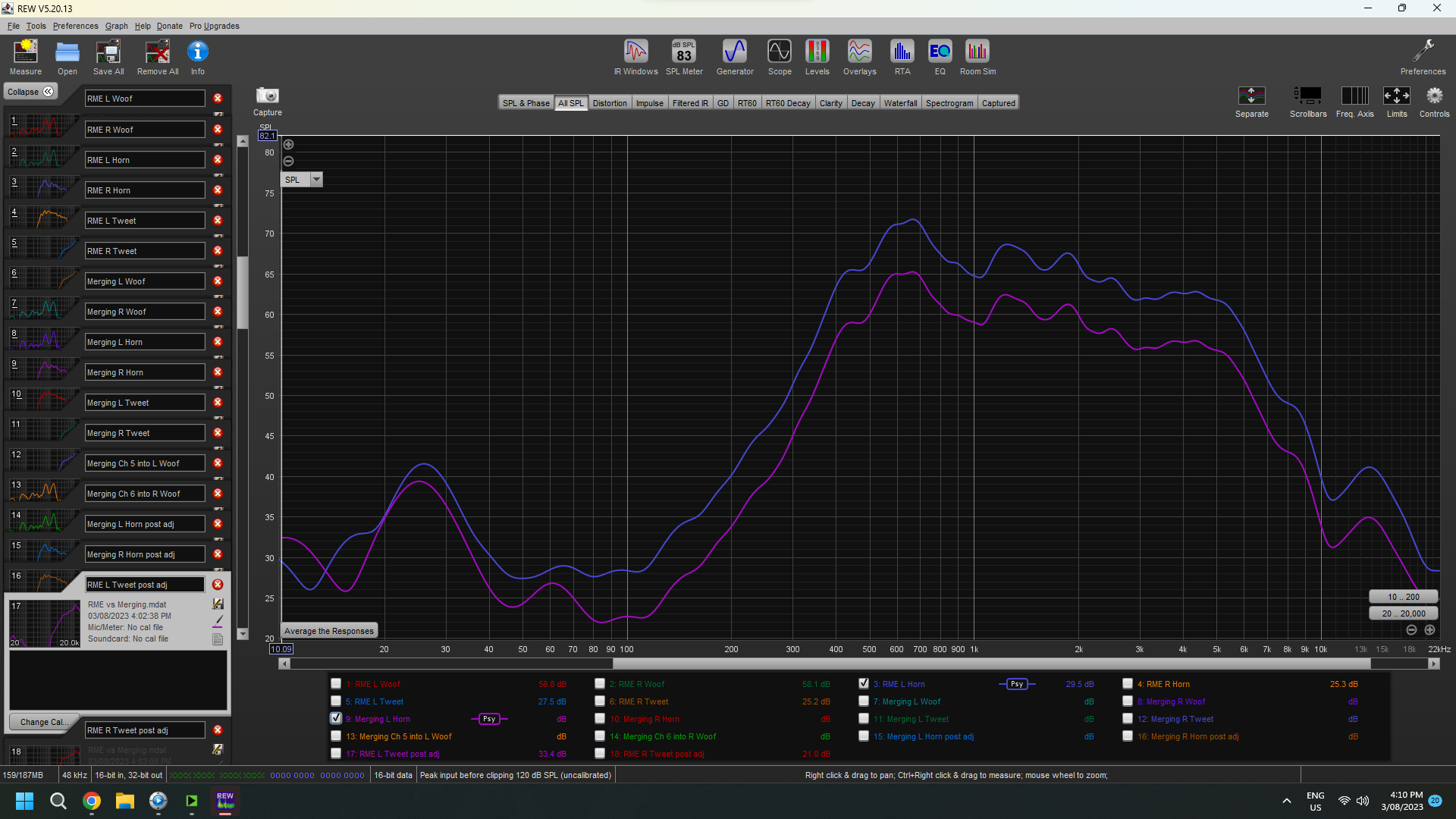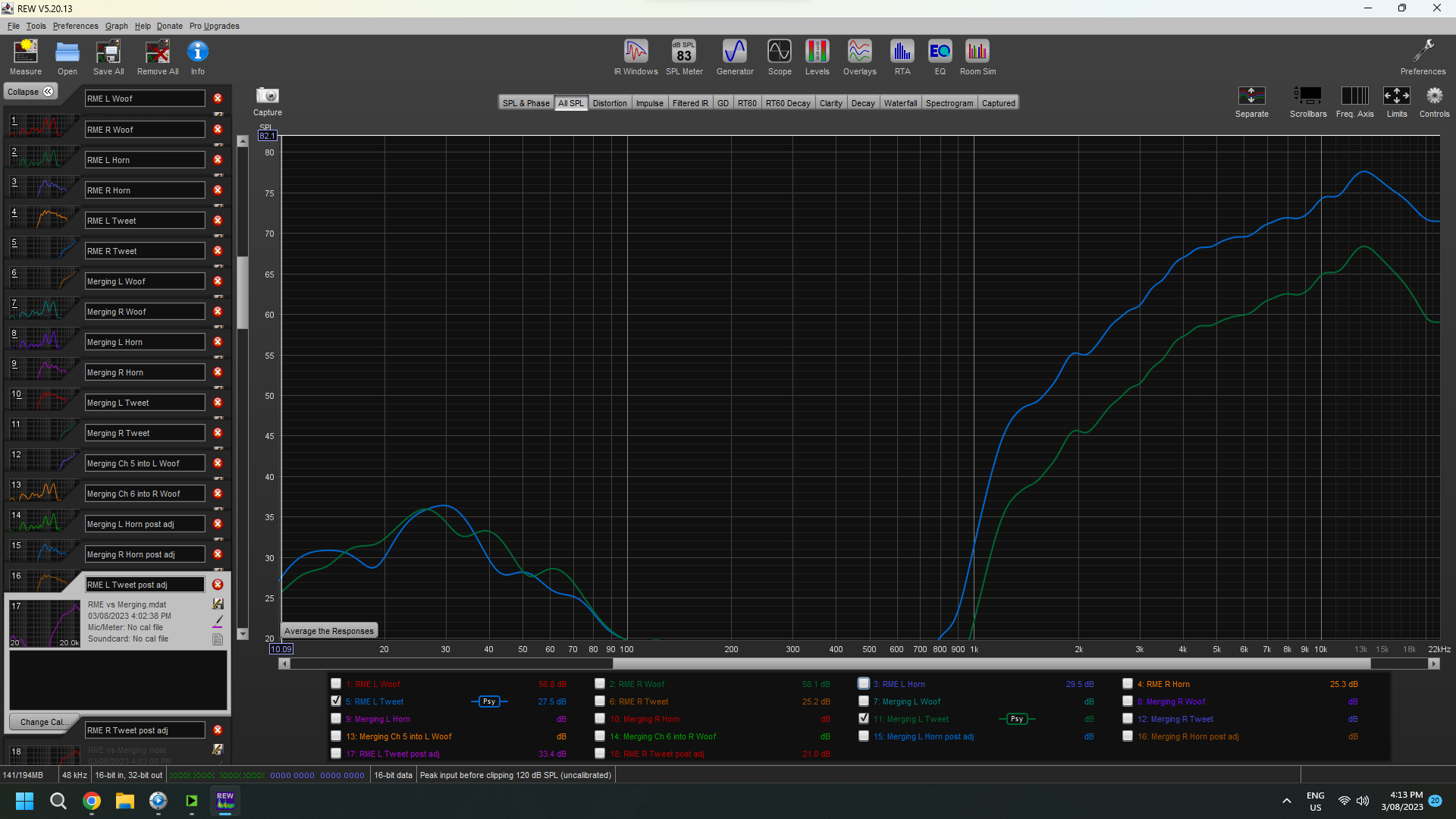Thanks for your offer to help
@ernestcarl but with the help of a friend, we managed to figure out what the issue was. These were the questions we asked, how we answered those questions, and the outcome.
1. Is there a problem with my system, or do I really prefer this tonality? I asked my friend to replicate my target curve on his system, and I went over to listen. As expected, it sounded like a tin can. So the problem was with my system.
2. Is there a problem with my measurements? I own two microphones and two interfaces, so we repeated sweeps. Exactly the same, so we can rule out mics and interface as the issue.
3. Given that I measure with one DAC (RME Fireface UC) and listen with another DAC (Merging NADAC), could there be a difference between the two DAC's? We listened to music on the RME and then the Merging and there was an
obvious difference in tonality. The RME sounded as we would expect from that target curve (like a tin can) and the Merging had my preferred sound (see previous post).
We first checked RME Totalmix to make sure the mixer settings were correct. I performed a reset on the RME and it still performed the same. So it's not the RME. I reset the Merging to make sure there were no individual channel trim issues, and it still performed the same. So it's not the Merging.
I then moved the XLR's from channels 3 and 4 (which goes into the woofers) of the Merging into channels 5 and 6, and then 7 and 8 to check whether the Merging was outputting the same signal voltage into all the outputs. If channels 5, 6, 7, 8 showed less output than channels 1, 2, 3, 4 ... then the Merging has to go back to the dealer. The outcome of this experiment showed that all the channels put out the same voltage. Therefore the problem has to be downstream from the DAC.
By this point I was pretty flabbergasted. How can four different power amp monoblocks have the same lower output compared to channels 1-4? Surely it is impossible for four power amps to develop exactly the same fault and attenuate volume by the same amount!!! So we patiently went through and did a few sweeps.
This is the output to the woofers from Merging and RME. Exactly the same. So let's move on.
Now the horns. We have a problem - the Merging (in purple) is about 5-6dB lower than the RME (in blue). After a bit more digging, we found that the
individual channel gain on the preamp was set to 0 for the Merging input, and +6 for the RME input. This is a secondhand preamp, and a recent acquisition, so the previous owner had set these levels and I never checked it.
After setting the gains on the preamp so that the RME and Merging were the same, this was the outcome. Perfect channel match.
Now for the tweeter. There is a whopping discrepancy between the Merging (green) and the RME (blue), with the RME being much louder. This time, there is no preamp between the DAC output and the tweeter's power amp. However, the tweeter's power amp (a Valvet A1R) is the only power amp in the system that is driven via single ended input, rather than XLR. My friend pointed out that single ended output voltages are usually lower than balanced, and it is possible that the RME and the Merging have a different delta between RCA and XLR. I have no other explanation better than his, so I think he is probably correct. The way to find out would be to use a voltmeter, but I do not own one.
So the solution would be to knock down the output of the RME by 10dB to match the Merging. We now have volume matching for the tweeter.
Never in my wildest dreams could I have imagined that different output settings to
four channels was the cause for this discrepancy. In the past I had noticed a difference in sound between the RME and the Merging, but I had put that down to "the Merging being a better DAC". In hindsight, this was foolishness and confirmation bias, and I should have been more careful with my thinking.
Of course, what this means now is that ALL my measurements I have done to date have to be thrown out the window. Well, not all of them - the measurements for individual drivers, time alignment, VBA and so on are still valid. However, any measurement of target curves, adjusting the levels of one driver against another, etc. have to be discarded.
The other thing I realized is that my hearing is quite good after all! I managed to adjust the target curve
back to neutrality by listening and subjective impressions alone, and I was not influenced by the strange looking measurements in front of me. I suppose I should pat myself on the back for that one.
So I am back on track. I have a lot of work to do, remeasuring, redoing target curves, and re-listening to all the other target curves that I have unfairly maligned.

